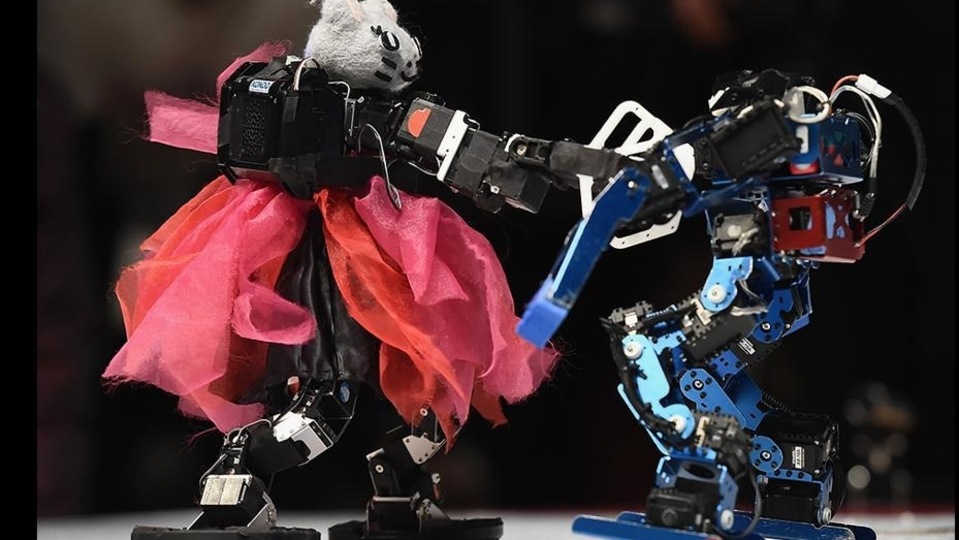Photos: Mini-robots trade punches at the 32nd ROBO-ONE in Tokyo
Two humanoid robots spar during the 32nd ROBO-ONE tournament in Tokyo, Japan. The ROBO-ONE is a bi-annual fighting competition for bipedal walking robots, aiming to share advances in robotics and spread the popularity of bipedal walking robots among enthusiasts.
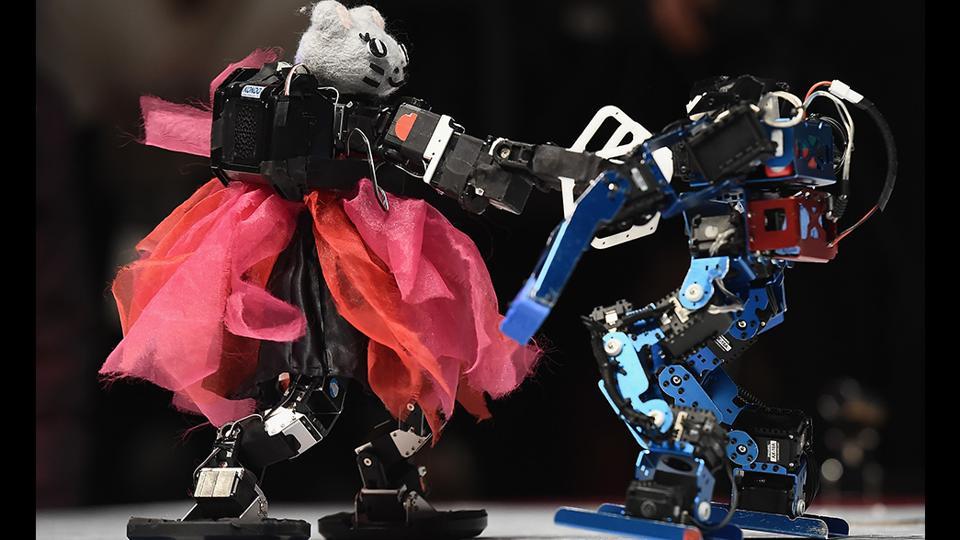
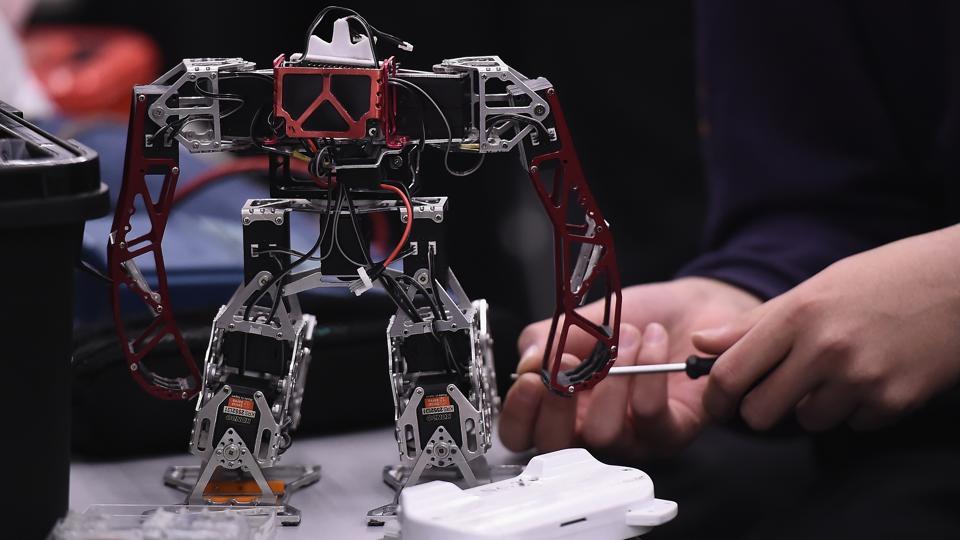

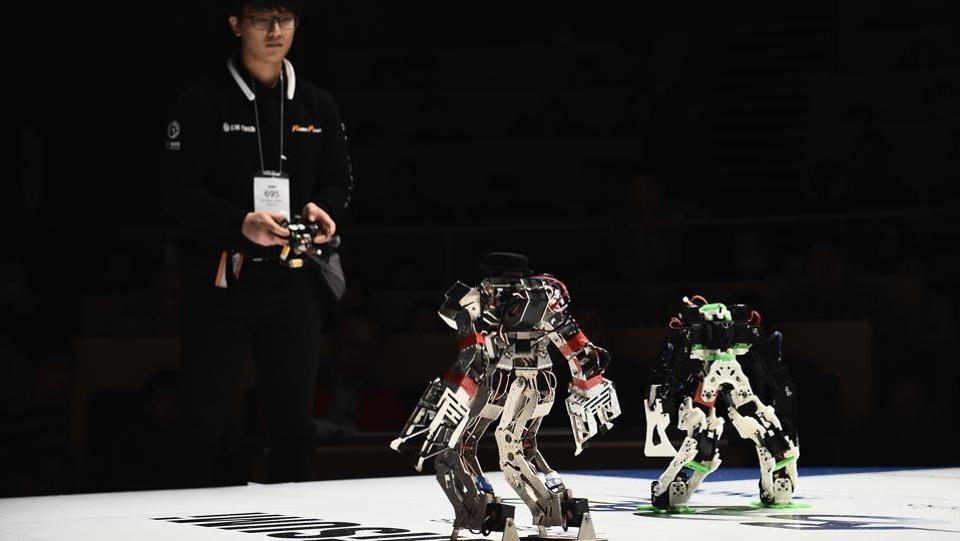

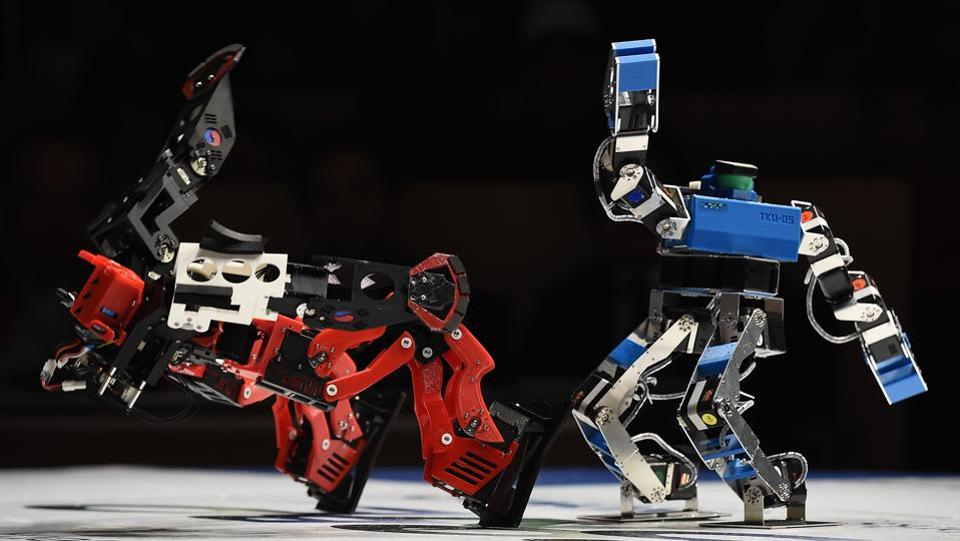

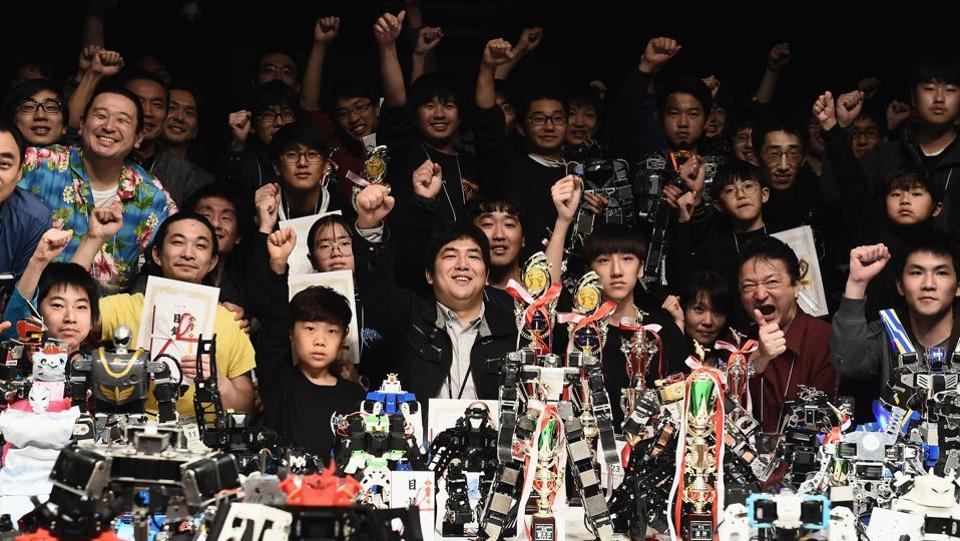

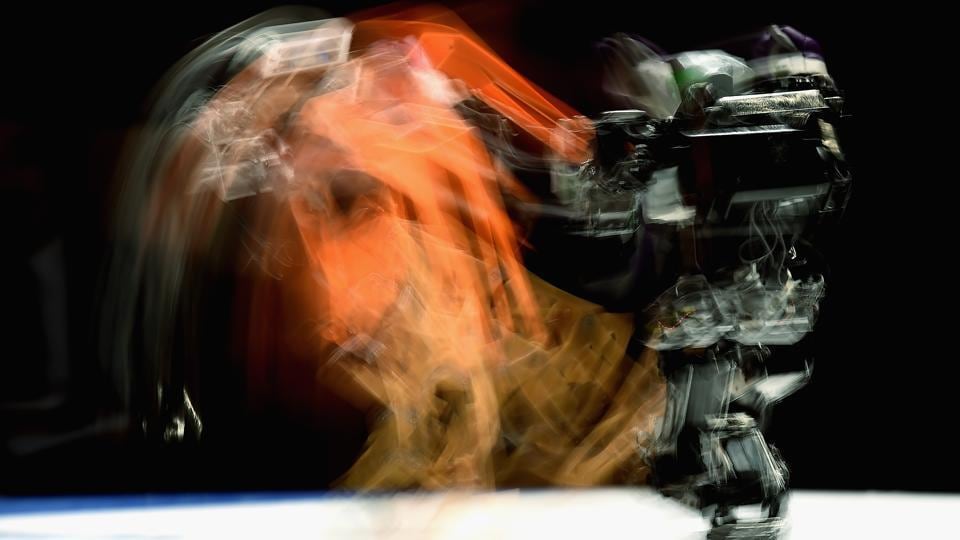

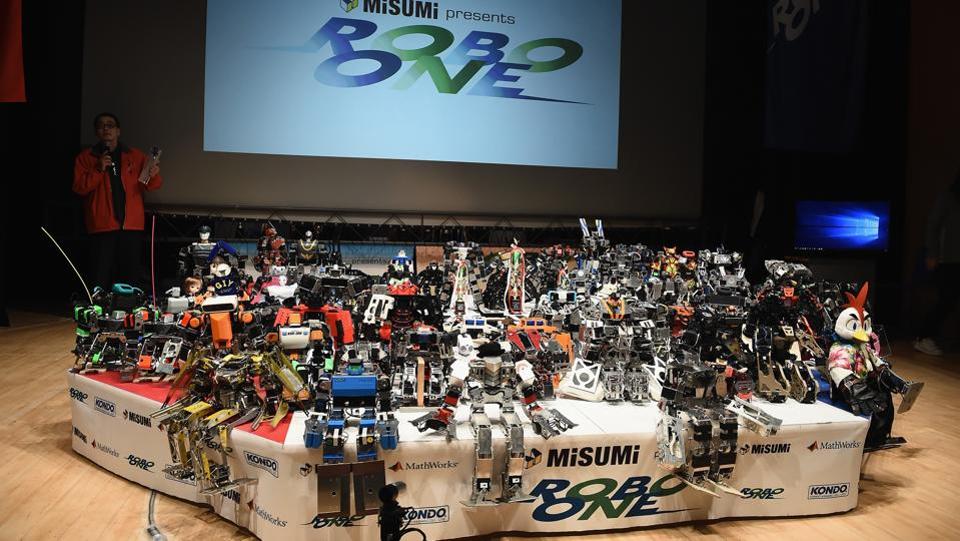

First Published Date: 28 Feb, 10:32 IST
NEXT ARTICLE BEGINS




